
In various cultures, frogs are regarded as a lucky charm, whose presence often brings prosperity and wealth. Proudly standing in downtown Madrid is an oversized amphibian that was entrusted with imbuing the city with a fair amount of good fortune. Created in the mid-2010’s as a gesture for the re-legalization of citywide gambling, the Good Luck Frog of Madrid has since greeted its beholders with a peculiar glance, and perhaps more importantly, a glut of blessings.

By: Omri Westmark
Date: 20:38 25.01.24
Last Update: 17:18 04.02.24
During the 36-year long tenure of Spain’s infamous dictator Francisco Franco, gambling among other activities was strictly forbidden. In 1977, two years after his death, the prolonged ban was lifted and casinos started to pop up all across the country. Following more than 90 years of absence, wagering establishments also made a big comeback in the Spanish capital.
In 2014, Casino Gran Madrid installed a giant sculpture of frog in front of its brand-new complex in Paseo de Recoletos as a gift to the city for decriminalizing gambling. Created by sculptor Eladio de Mora, better known as dEmo, the bronze statue is 3.5 meter tall (11.5 feet) and weighs a whopping 2 metric tons, making it far larger than its life-size counterparts.
Curiously, the amphibian critter was chosen due to its propitious role throughout the world, transcending ethnicities and religions alike. For instance, many cultures view frogs as a sign of fertility and rebirth thanks to their ability to reproduce at a breakneck pace, while in other parts of the world, these animals are associated with rain, the harbinger of agriculture.
Nevertheless, it is the Chinese folklore that truly made frogs a subject of veneration, so much so in fact, that according to the principle of Feng shui, they are treated as a nationwide mascot.
To further enhance the sculpted frog’s fortune-bringing capabilities, its underbelly was engraved with no less than 34 different numbers and symbols that represent luck. Among them one can find a yin-yang, an Egyptian scarab, a heart, a moon, an eye, a Hamsa and a hexagram, to name just a few. As each of its slender legs measures more than 2 meters in height, anyone who wishes to explore the incised signs over the patina-covered artwork can effortlessly do so.
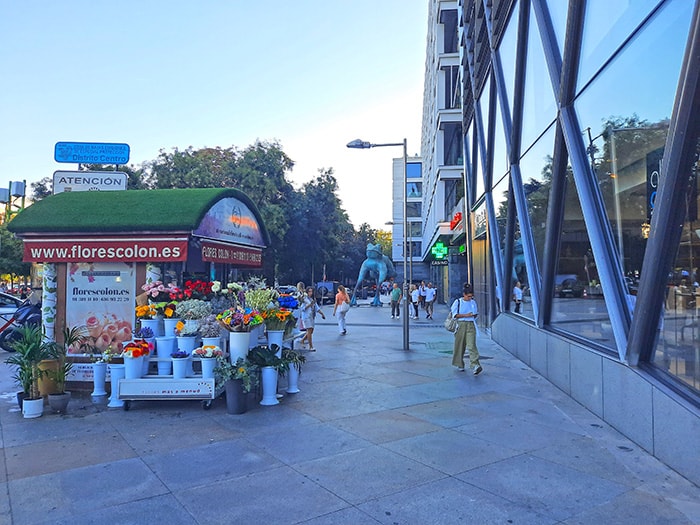
photography by: Omri Westmark
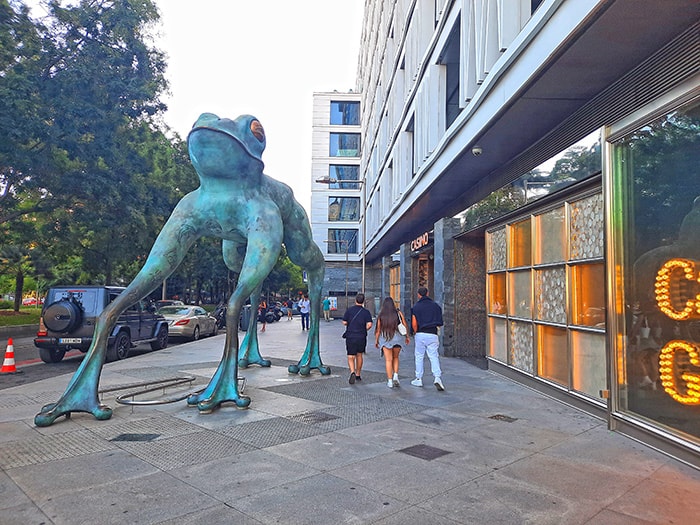
photography by: Omri Westmark
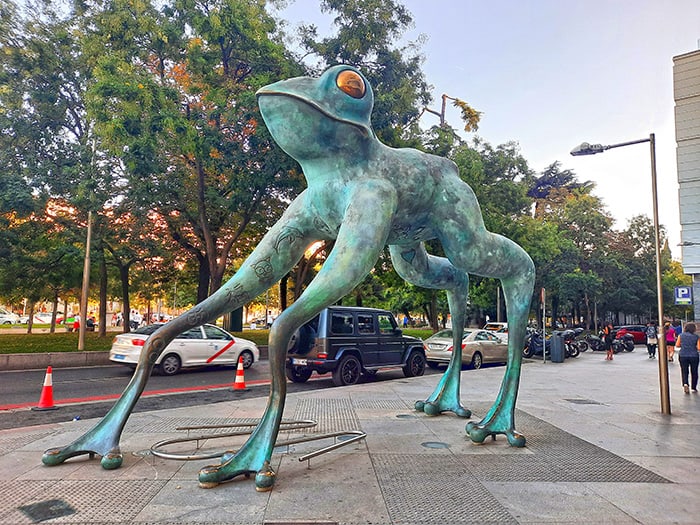
photography by: Omri Westmark
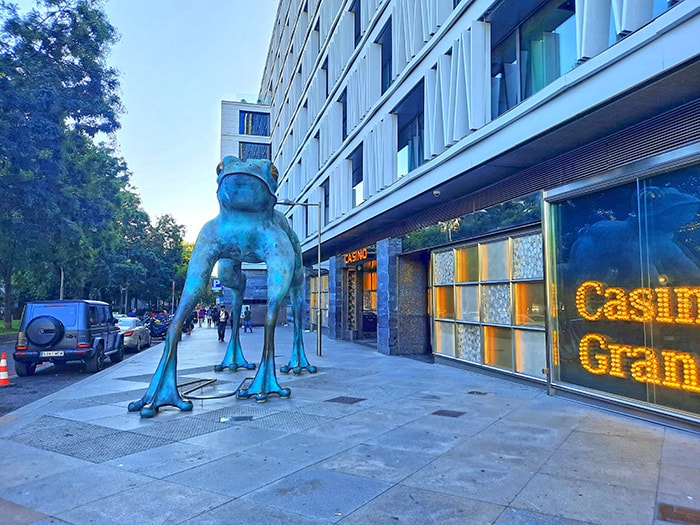
photography by: Omri Westmark
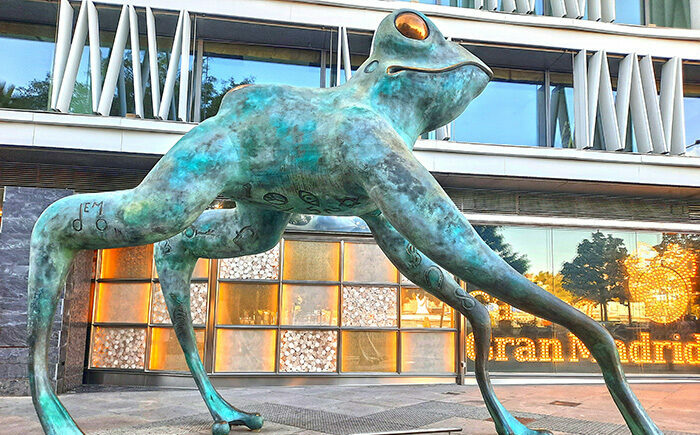
photography by: Omri Westmark

photography by: Omri Westmark

photography by: Omri Westmark
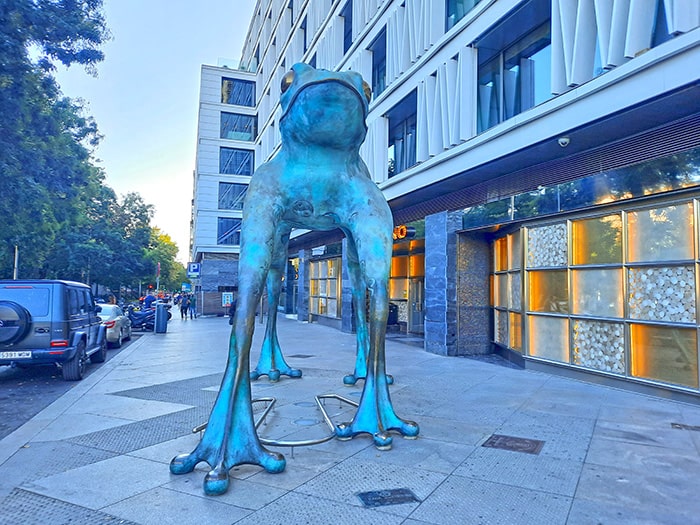
photography by: Omri Westmark
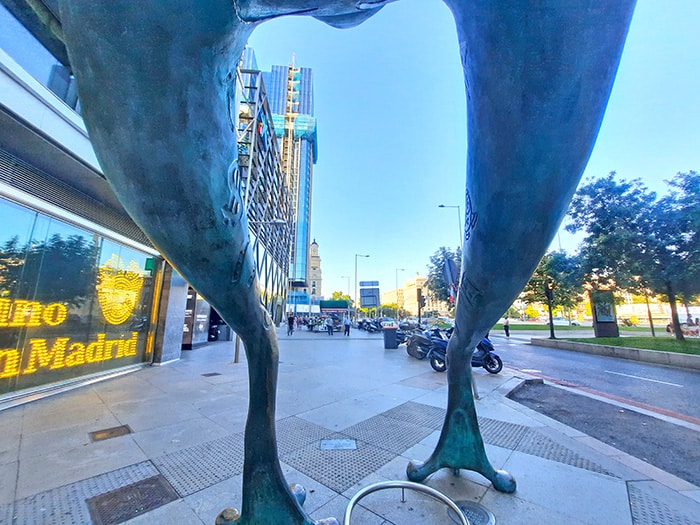
photography by: Omri Westmark
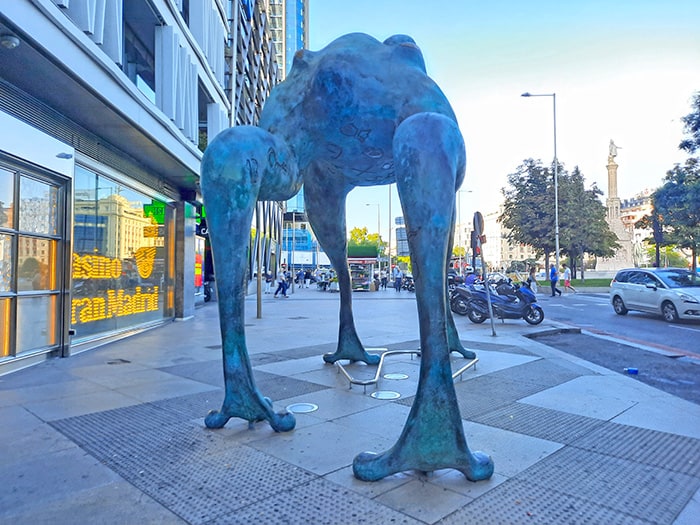
photography by: Omri Westmark
